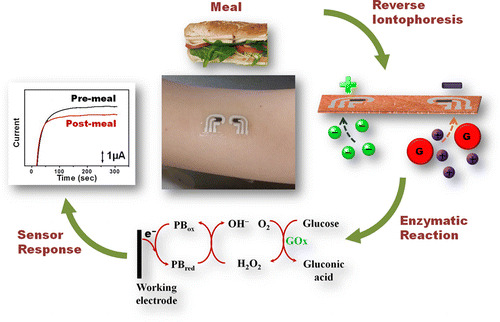Temporary Tattoos Measure Sugar Levels Without Drawing Blood
Diabetics need to closely monitor their blood sugar levels. However, this crucial routine becomes more than a chore since it usually involved drawing blood. That is why researchers are continually searching for non-invasive, not to mention not painful, ways to measure glucose levels. Researchers from the University of California San Diego are looking into using temporary tattoos to perform this function without even breaking the user's skin, paving the way for other medical use cases as well, like delivering medicine through the skin as well.
We've seen similar "smart" temporary tattoos that try to link up with our mobile devices, like those being developed by VivaLnk. Aside from the rather simple use case of unlocking smartphones, VivaLnk also has an "e-skin" thermometer that can measure a child's temperature in a fun way and without the usual stress involved when using a regular thermometer, even a digital one.
In comparison, the UCSD's tattoo is a bit more serious in tone. Users apply the tattoos after each meal and the electrodes on the tattoos generate current for 10 minutes in order to attract sodium ions that carry glucose, the sugar that diabetics have a hard time breaking down. The positive charge of the sodium ions can be used to estimate the glucose levels of the user.

Since the electrodes are simply printed on regular temporary tattoo paper, the method becomes simple to use and painless. It is even less invasive than Google's idea of glucose-measuring contact lenses, since not everyone can comfortably wear contacts. The current delivered by the tattoos are also so low that it shouldn't cause any skin irritation unlike other similar skin-based methods.
That said, these temporary tattoos for diabetics are far from becoming finished products as the UCSD team still has a lot of todo's to check off. For one, they need to find a way for the tattoo to function continuously instead of one-off uses. The team is also envisioning that in the future, the technology can work in the reverse direction, delivering medicine through the skin instead of attracting sodium ions.
VIA: BGR, Popular Science
